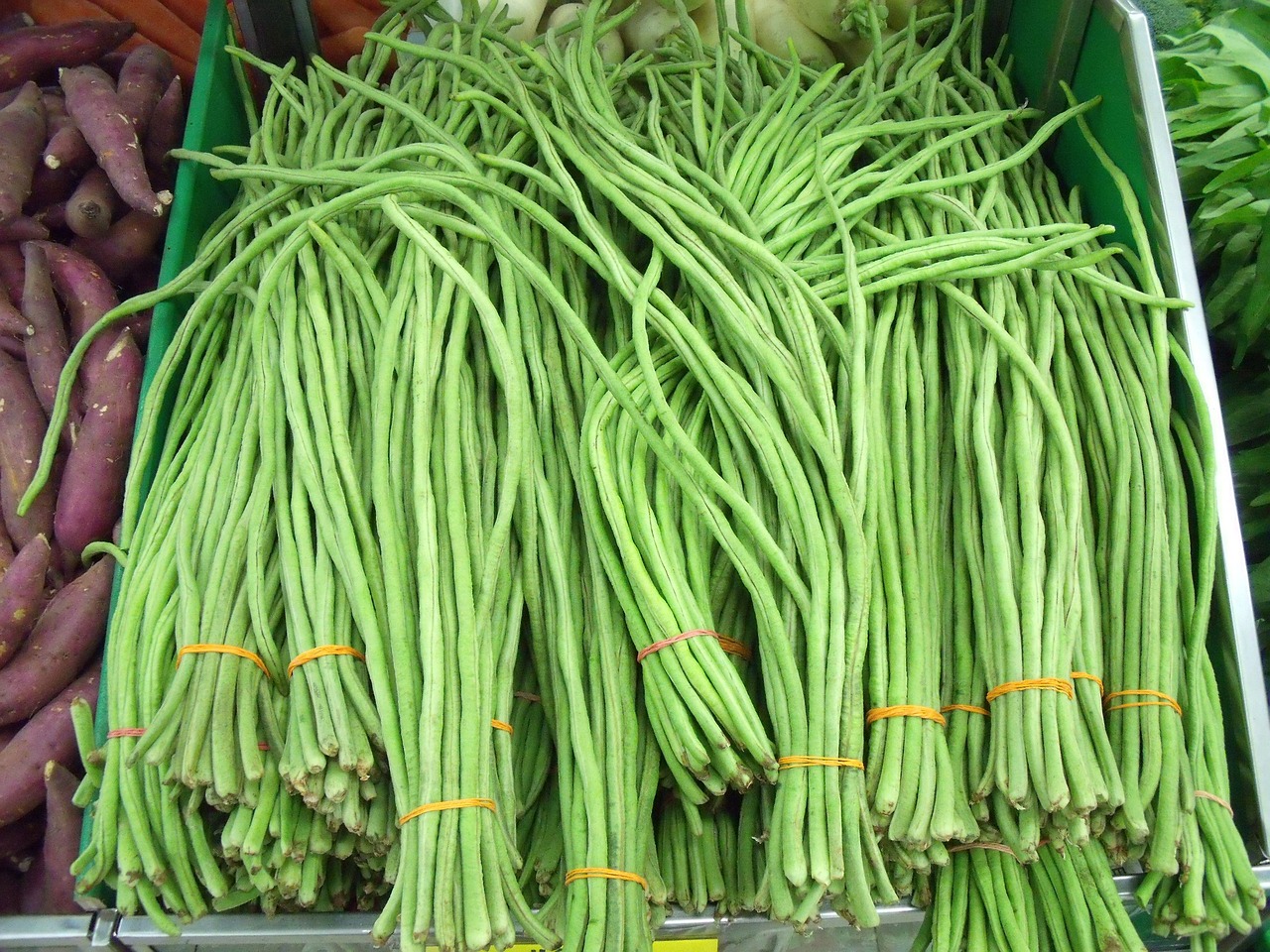String beans, also known as green beans or snap beans, are a versatile and nutritious vegetable that can be enjoyed in various dishes. Knowing the optimal time to harvest them ensures you get the best flavor and texture from your homegrown or store-bought produce. In this comprehensive guide, we’ll explore the key factors to consider when deciding when to pick string beans, providing you with the knowledge to enhance your gardening or culinary experience.
When to Pick String Beans: Harvest string beans when they are firm, smooth, and about 4 to 6 inches long. Check for vibrant color, perform the snap test, and consider factors like flowering stage and weather conditions. Frequent harvesting and monitoring for pests and diseases contribute to a successful harvest. The length of the beans will still depends on the varieties of the plant.
1. Determining Maturity
String beans reach their peak flavor and tenderness when harvested at the right stage of maturity. Understanding the signs of maturity is crucial to picking beans at the optimal time.
Harvesting too early can result in tough and stringy beans, while waiting too long may lead to overripe, pithy pods. Look for beans that are firm, smooth, and have a vibrant color. Additionally, the beans should snap easily when bent, indicating freshness and tenderness.
2. Observing Bean Size
The size of string beans can be a good indicator of their readiness for harvest. Different varieties have varying ideal sizes, so it’s essential to be familiar with the specific characteristics of the beans you’re growing or purchasing.
For most common varieties, aim to pick string beans when they are about 4 to 6 inches long. At this size, the beans are typically at their most flavorful and have a pleasing, crisp texture. Be mindful that allowing beans to grow much larger may result in a decline in overall quality.
3. Checking Flowering Stage
Monitoring the flowering stage of your string bean plants can provide insights into when the beans will be ready for harvest. String beans typically begin flowering about 40 to 60 days after planting, depending on the variety.
Once the plants have flowered, the beans will start to develop shortly after. Harvesting when the beans are just beginning to form ensures you catch them at the early stages of maturity, offering the best combination of flavor and tenderness.
4. Considering Weather Conditions
Weather conditions play a significant role in the timing of string bean harvest. Beans are sensitive to extreme temperatures, so it’s essential to consider the weather patterns in your region.
Harvest beans early in the day when temperatures are cooler to preserve their quality. Avoid picking during or immediately after rainfall, as wet conditions can promote the development of diseases and reduce the shelf life of the harvested beans.
5. Frequency of Harvest
String beans are known for their prolific production, and frequent harvesting encourages continuous pod development. Regularly picking mature beans stimulates the plant to produce more, extending the harvest period.
Harvest every two to three days to ensure you gather beans at their peak. Be diligent in checking your plants, as missing a harvest can lead to overripe beans, negatively impacting the overall quality of the crop.
6. Testing for Snap
The “snap” in snap beans is a desirable quality indicating freshness and tenderness. When harvesting, perform the snap test by gently bending a bean. If it breaks with an audible snap, it is at the right stage for harvest.
Beans that bend without snapping may be underripe, while those that resist bending are likely overripe. Using the snap test ensures you consistently pick string beans with optimal texture and flavor.
7. Inspecting for Pests and Diseases
Regularly inspect your string bean plants for signs of pests and diseases, as these can impact the quality of the beans. Picking beans promptly can help control pest infestations and prevent the spread of diseases.
Look for discoloration, holes, or webbing on the pods, and remove affected beans promptly. Harvesting healthy beans ensures a bountiful and flavorful yield.
8. Timing for Different Varieties
Different varieties of string beans have varying maturation times. Whether you’re growing bush beans or pole beans, understanding the specific timeline for each variety is crucial.
Refer to the seed packet or plant label for information on the expected days to maturity. This knowledge will guide you in determining the optimal time to start harvesting for the best flavor and quality.
9. Considering the End Use
The intended use of your string beans can influence when you choose to harvest them. For fresh eating, aim for smaller, more tender beans. If you plan to use them in cooking or canning, allowing the beans to grow slightly larger may be preferable.
Tailor your harvesting time based on your culinary preferences and the specific recipes you have in mind for your string beans.
10. Late-Season Harvesting
As the growing season progresses, the rate of pod production may slow down. In late summer or early fall, it’s essential to continue monitoring your plants and harvesting any remaining beans.
While the later beans may not be as prolific, they can still provide a tasty addition to your meals. Be patient and persistent in your late-season harvesting to make the most of your string bean crop.
Conclusion
Timing is crucial when it comes to picking string beans to ensure you enjoy the best flavor and texture. By considering factors like maturity, size, flowering stage, and weather conditions, you can optimize your harvest. Regular monitoring and adherence to these guidelines will result in a bountiful supply of fresh and delicious string beans for your culinary endeavors.

